Category Archives: Perception
13 Feb Yorrick: Seeds of Knowledge
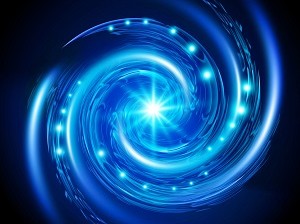
A Wise Geek once said: “Knowledge acquisition typically refers to the process of acquiring, processing, understanding, and recalling information through one of a number of methods. This is often a field of study closely tied to cognition, memory, and the way in which human beings are able to understand the world around them.” Our exploration begins […]
12 Feb Conscious Phenomena
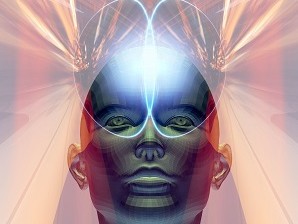
Conscious Phenomena For the past few posts, I have been exploring consciousness. Extra-sensory perception is a part, or an extension of consciousness. Are you sometimes psychic? Some people have truly remarkable extra-sensory capabilities while others do not. I read a short story by Ursula K. Le Guin, though I can’t for the life of me remember the […]
11 Feb Conscious Sensibility
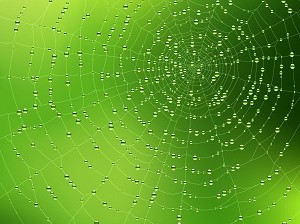
Watergate Revisited More than one President of the United States has been asked this question: “What happened, and how soon did you know about it?” Many cognitive psychologists perform experiments in which they ask subjects (people) the same question, seeking to mark the boundaries between conscious and unconscious phenomena. I recently spoke of mindfulness. Wakefulness may be a […]
08 Feb Seeing Within: Proprioception for Robots
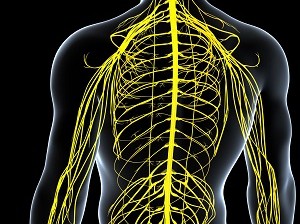
I saw a couple movies awhile back, “The Terminator” and “Terminator 2” in which artificial intelligence in computers became hazardous to the survival of humanity. One of the premises, as I recall, was that the critical event that lead to the disastrous attempt of man-made machines to destroy humanity, was when they became “self-aware”. This […]
07 Feb Mindfulness

Imagine being able to flip a switch and get quantitative and qualitative improvements to your intelligence. Mindfulness, in the form of directing your attention or focus can induce changes in the structure and function of the brain. When I was in school, I learned that taking notes helped me not only focus better on what I […]
17 Jan Perceptrons and Weighted Schemes
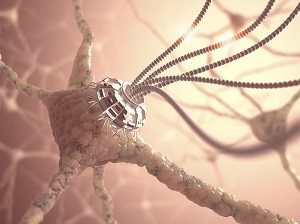
Perceptrons In the late 1600’s, John Locke expounded an associationist theory in which neurons or “bundles” of neurons came to represent certain ideas and associations between ideas. Rosenblatt‘s work seems a logical extension of associationist theory. Perceptrons can perform linear discrimination, thus enabling them to model the cognitive function of recognition (or, in computational terms, pattern classification). […]
16 Jan Roots of Neural Nets
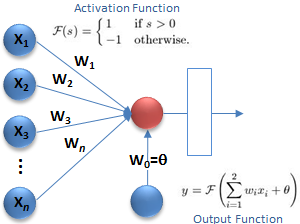
Roots of Neural Nets The concept of the modern Artificial Neural Systems (ANS) has its roots in the work of psychologists and philosophers as well as computer scientists. As mentioned in prior posts, Aristotelian theories on cognition and logic influenced the development of automata theory and associationism, spawning connectionism or parallel distributed processing (PDP) theory. Connectionism is the […]
14 Jan Visual Input Processing
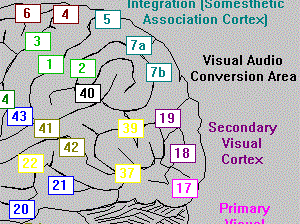
The visual cortex in the human brain is arguably the pattern after which most artificial neural networks were modeled: the flow of signals is directional through layers 1, 2 then 3; and large numbers of the cells are touched by the flow of action potentials through the system. The variations in the cells, however, contrasts with the artificial […]






